17.5 Statistical Programmes of UN Funds and Programmes and Other Entities#
17.5.1 Overview#
UN funds and programmes and other entities (cards) included are:
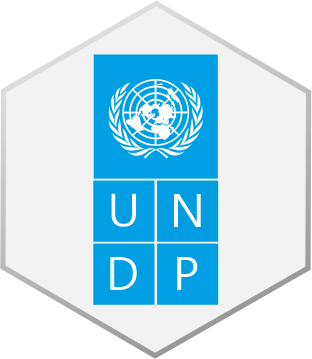
United Nations Development Programme (UNDP)
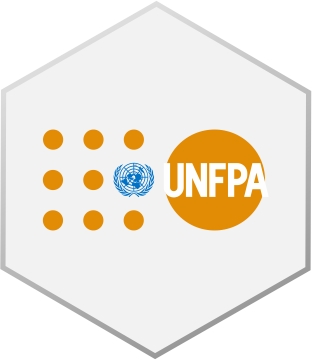
United Nations Population Fund (UNFPA)
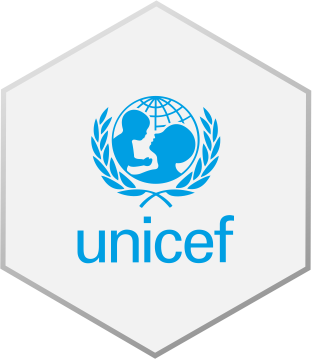
United Nations Children’s Fund (UNICEF)
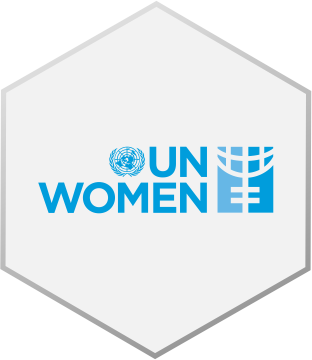
United Nations Entity for Gender Equality and the Empowerment of Women (UN Women)
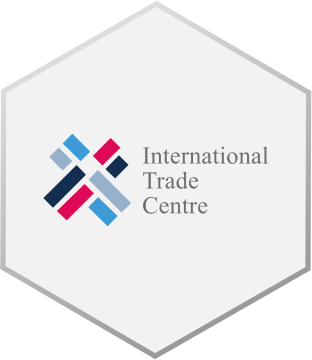
International Trade Centre (ITC)
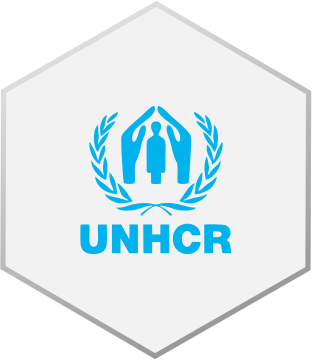
Office of the United Nations High Commissioner for Refugees (UNHCR)
17.5.2 United Nations Development Programme (UNDP)#
UNDP was established in 1965 by the United Nations General Assembly. UNDP is the UN’s global development network, and one of the world’s largest inter-governmental development agencies.
UNDP helps countries achieve the eradication of poverty and reduce inequalities and exclusion through support for development policies, leadership skills, partnering abilities, institutional capabilities, and building resilience to sustain development results. UNDP is working to strengthen new frameworks for development, disaster risk reduction and climate change. UNDP supports countries’ efforts to achieve the 2030 Agenda for Sustainable Development, guiding global development priorities through 2030.
UNDP’s Strategic Plan 2018-2021 directly contributes to the 2030 Agenda principles of leaving no one behind and reaching the furthest behind first. The Strategic Plan includes a Common Chapter, shared with the Strategic Plans of UNICEF, UNFPA and UN-Women, which commits the four agencies to work together in “Ensuring greater availability and use of disaggregated data for sustainable development”, among other key areas of collaboration.
17.5.3 United Nations Population Fund (UNFPA)#
The mandate of UNFPA (🔗), as established by the United Nations Economic and Social Council (ECOSOC) in 1973 and reaffirmed in 1993, is (1) to build the knowledge and the capacity to respond to needs in population and family planning; (2) to promote awareness of population problems and possible strategies to deal with these problems; (3) to assist countries in addressing their population problems in the forms and means best suited to the individual countries’ needs; (4) to assume a leading role in the UN system in promoting population programmes, and to coordinate projects supported by the Fund.
At the International Conference on Population and Development (ICPD), held in Cairo in 1994, these broad ideas were elaborated to emphasize the gender and human rights dimensions of population.
UNFPA contributes to strengthening national population data systems by building or strengthening a data-centred approach worldwide, supporting modern data generation in all forms (population and housing census, household surveys, and civil registration); data processing and dissemination; and data analysis for demographic intelligence and measuring programme impact. In all activities, UNFPA strengthens or builds national statistical capacity.
17.5.4 United Nations Children’s Fund (UNICEF)#
UNICEF is the United Nations Fund responsible for providing humanitarian and developmental aid to children worldwide. It was founded in 1946 to advocate for the protection of children’s rights, help meet their basic needs, and expand their opportunities to reach their full potential. UNICEF is guided by the Convention on the Rights of the Child and strives to establish children’s rights as enduring ethical principles and international standards of behaviour towards children. UNICEF works in over 190 countries and territories to protect the rights of every child through country programmes and National Committees.
UNICEF is the world’s leading statistical data source on children used by over 1 million people annually. UNICEF is the sole or joint custodian for 19 SDG indicators and as such, the official source for most global data on children.
17.5.5 United Nations Entity for Gender Equality and the Empowerment of Women (UN Women)#
UN Women is the United Nations entity dedicated to gender equality and the empowerment of women. A global champion for women and girls, UN Women was established in July 2010 to accelerate progress on meeting their needs worldwide. UN Women supports the UN Member States as they set global standards for achieving gender equality and works with governments and civil society to design laws, policies, programmes and services needed to ensure that the standards are effectively implemented and truly benefit women and girls worldwide. The entity works to position gender equality as fundamental to the SDGs and a more inclusive world.
UN Women’s statistics mandate derives from the Beijing Declaration and Platform for Action (🔗) which provides the framework for the work of the Entity (Strategic Objective H.3 Generate and disseminate gender-disaggregated data and information for planning and evaluation), as established by UN General Assembly Resolution A/RES/64/289. UN Women’s strategic plan, 2018–2021 (🔗) outlines UN Women’s strategic direction, objectives and approaches to support efforts to achieve gender equality and empower all women and girls. It supports the implementation of the Beijing Declaration and Platform for Action and contributes to the gender-responsive implementation of the 2030 Agenda for Sustainable Development (🔗).
17.5.6 International Trade Centre (ITC)#
Established in 1964, ITC is a joint agency of the United Nations and the World Trade Organization. ITC supports their parent organizations’ regulatory, research, and policy strategies. It focuses on implementing and delivering practical trade-related technical assistance (TRTA) projects, dedicated to the development of micro, small and medium-sized enterprises.
The provision of innovative, cutting-edge market information to enable improved business decision-making has been at the heart of ITC’s mandate since its foundation in 1964. In this regard, ITC’s work is focused on: enhancing global public goods as the foundation for trade and market intelligence; strengthening the skills of local partners in effectively using trade and market intelligence to make business decisions; working with local trade and investment support institutions to improve their trade and market intelligence-related portfolio of services; developing new and innovative approaches to intelligence, including competitive intelligence; and facilitating evidence-based policy reform, with a focus on addressing non-tariff obstacles to trade in goods and services.
Together with UNCTAD and WTO, ITC has provided data and statistics for the trade related targets of the MDG and SDG agenda.
17.5.7 Office of the United Nations High Commissioner for Refugees (UNHCR)#
The core mandate of the High Commissioner for Refugees, and thus the role and functions of UNHCR which was established in 1950, is to pursue protection, assistance and solutions for refugees. UNHCR also helps prevent statelessness by providing technical and advisory services to States on nationality, legislation and practice.
UNHCR is the provider of official, government-approved refugee statistics released annually in its Global Trends report on World Refugee Day since the beginning of this century. Accurate and up-to-date statistics on the forcibly displaced are for planning, monitoring and evaluation purposes, and for official reporting to UNHCR’s Executive Committee, to ECOSOC, and to satisfy general information needs from the UN common system, donors, NGOs, for public information purposes, fund raising/appeals, speeches, research, and maps.
